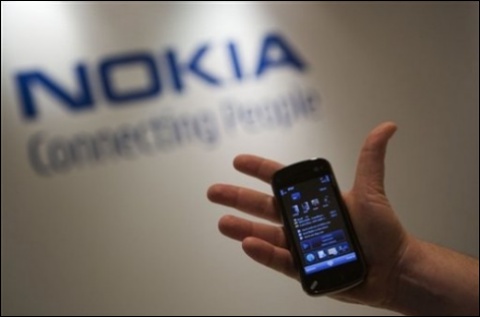Getting a lot of coverage in this area is the upcoming launch of the Palm Pre in the US. The relaunched Palm (effectively a new start-up with an old name) looks to be going to market early June with around 30,000 to 40,000 units in the retail chain. That's not a lot for a mass market device, but for a small start-up with limited capital it's arguably an impressive number.
Palm aren't the only manufacturer that has to come to grips with production runs, it's a factor at every point of a device's lifespan. From the initial launch of a device, through to satisfying ongoing demand, and then slowing down the production when a new model gets ready to be ramped up, this balancing act is just as important as the marketing, specifications and public opinion of a device.

It's fair to say that any piece of new technology will sell a few tens of thousands of units, so I'm fully expecting to read that the Palm Pre is a fast selling device, leaving queues around the block, and that fans are left wanting more. With only three or four units available in each High Street store, you can expect a lot of horror stories online. None of them will reach the mainstream – they'll just hear sold out and conclude that Palm is back, while waiting for stocks to build up. The only real risk arising from this slow burn start is bad publicity from those looking for the device - and even then Microsoft pulled a similar trick with the X-Box 360 and it seems to be doing well enough now.
Nokia have a similar quandary with the N97 smartphone. This is the current technological swiss army knife that every tech-head is looking to get their hands on, and while the launch date is still not publicly available, the indications are that 'some time in June' is also looking likely. Nokia have the added complication of looking at a worldwide launch, not just the USA, so how many devices will they go for at launch?
It's unlikely we'll ever know, as that's a very commercially sensitive piece of information – we may read about the number of devices shipped from Nokia in the first few months of the N97's lifespan but that initial drop to the shelves represents a gamble. Flood the shelves with too much stock, and not only will it have tied up a lot of cash reserves until they all sell, but you risk diluting any (viral) effects of “it's a hit!” How can it be a hit if it's still easily available? And so on.
Neither can the decision be made in a vacuum. Once you announce a new model, the previous model is not going to be wanted, and you'll be looking at fire sale on stocks of older devices. For example, is the E90 selling at all at the moment while we all wait for the N97? There will be some looking to pick up a bargain, but the majority of people will just wait for the next model. So if you are coming up with something new, the price of the older model that it is perceived to be replacing needs to wind down alongside the stock levels.
It's a tricky balancing act, and many a company has been caught out by over or under stocking around a new product. I'll look back at Palm again and the introduction of the m500, which was announced early, then delayed – but in the meantime the sales of the Palm Vx ground to a halt, as people waited on the new device.
I've also a suspicion that the original N-Gage launch (with the Taco shaped original device) had a serious case of overstock, not because Nokia made too many, but because they misjudged the mood of the public and expected it to sell... and it didn't.
Even though the engineers have built the device, the coders have sorted the firmware, and the reviews are starting to come in, there's a lot more to the success of a device. No matter the computer modelling done on sales, after deciding to build a device, the black art becomes how many to actually build.
-- Ewan Spence, May 2009.
